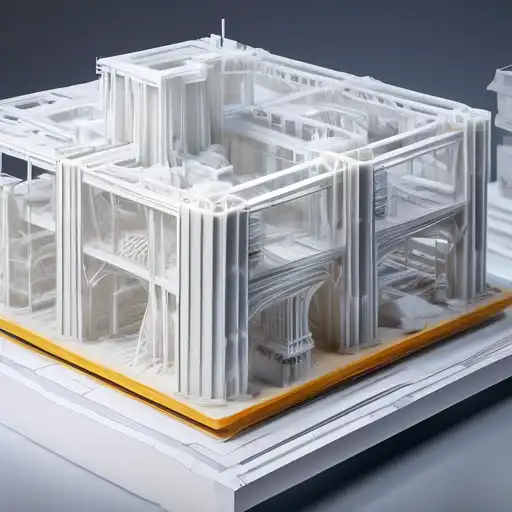Revolutionizing Construction: The Power of 3D Printing
The construction industry is on the brink of a revolution, thanks to the advent of 3D printing technology. This innovative approach to building is not only faster and more cost-effective but also opens up new possibilities for architectural design and sustainability. In this article, we delve into how 3D printing is shaping the future of construction.
What is 3D Printing in Construction?
3D printing in construction involves the use of large-scale printers to create buildings and construction components layer by layer. This method can use a variety of materials, including concrete, plastic, and even recycled materials, offering a greener alternative to traditional construction methods.
Benefits of 3D Printing in Construction
The benefits of 3D printing in construction are manifold. Here are some of the most significant advantages:
- Speed: 3D printing can reduce construction time from months to days, significantly speeding up project completion.
- Cost-Effectiveness: By minimizing labor costs and material waste, 3D printing offers a more economical solution for building.
- Design Flexibility: This technology allows for complex and customized designs that would be difficult or impossible to achieve with traditional methods.
- Sustainability: 3D printing promotes sustainability by reducing waste and enabling the use of eco-friendly materials.
Challenges and Considerations
Despite its many benefits, 3D printing in construction also faces several challenges. These include regulatory hurdles, the need for skilled operators, and the current limitations in terms of the size and types of structures that can be printed. However, as the technology continues to evolve, these challenges are expected to be overcome.
Real-World Applications
Around the globe, 3D printing is being used to construct everything from residential homes to commercial buildings and even bridges. Notable examples include the world's first 3D-printed office in Dubai and a 3D-printed pedestrian bridge in Spain. These projects demonstrate the practical applications and potential of 3D printing in construction.
The Future of 3D Printing in Construction
The future of 3D printing in construction looks promising. With ongoing advancements in technology and materials, we can expect to see more widespread adoption of this method. It has the potential to address housing shortages, reduce environmental impact, and revolutionize the way we think about building design and construction.
For more insights into innovative construction technologies, check out our article on sustainable building materials.
In conclusion, 3D printing in construction represents a significant leap forward in building technology. Its benefits in terms of speed, cost, design flexibility, and sustainability make it a compelling option for the future of construction. As the technology continues to develop, it will undoubtedly play a pivotal role in building tomorrow.
